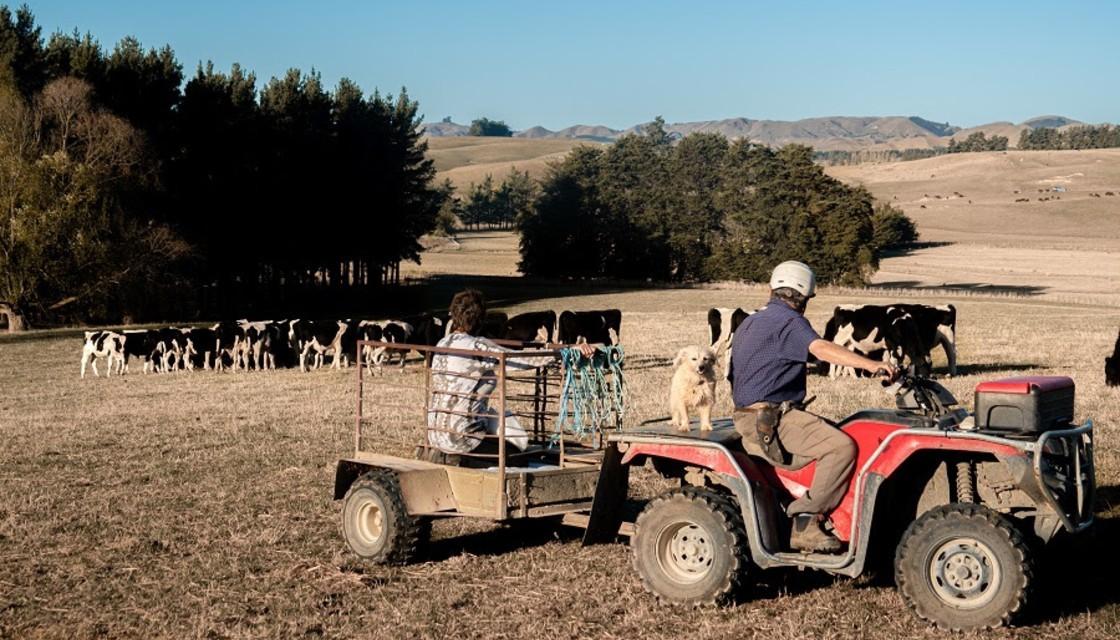
Many parts of the country are set to get a good soaking of rain in the coming days, but the wet weather is set to miss some of the places that need it most.
After a hot summer and little rain last winter, farmers in Hawke's Bay, Marlborough, Canterbury and Otago are struggling with some of the driest conditions they've ever seen at this time of year.
For many the dry weather means their incomes have dropped hundreds of thousands of dollars and there are concerns over whether they will have enough feed to last the season.
And though rain is forecast for both the North and South islands this week, it's not good news for those in eastern parts of the country.
According to WeatherWatch, a low from Tasman will bring rain, drizzle and isolated downpours over northern New Zealand on Tuesday. And while some wet weather will make it into dry eastern areas of the North Island there won't be a lot from Wairoa/northern Hawke's Bay southwards.
"Eastern New Zealand now is very dry for this time of the year," WeatherWatch head forecaster Philip Duncan told Newshub on Tuesday.
"And that's all along that eastern side, really from northern Hawke's Bay down to Wairarapa, eastern Marlborough, right down Canterbury, Otago and eastern Southland."
He said while Hawke's Bay might get "a few spits of rain" over the coming five days there will be "nothing too significant" in the region, and Canterbury - which is also in desperate need of wet weather - was looking at "very little, if any" rain.
"They've had a windy, warm start to 2021 in those areas.
"It's been frequently windy, frequently dry and I'm hearing that river levels and lake levels are all very much down. People who keep water on their farm are noticing it - the dams are drying up."
The incoming low was set to bring heavy rain to the Bay of Plenty, but would not move much further down the eastern side of the country, he said.

Despite the lack of immediate relief on the horizon, Duncan said there was some hope on the way for farmers in the longer term.
"One positive...is we are in a neutral weather pattern now, so we're not dominated by La Niña, we're not dominated by El Niño," he said.
"It's chaotic and neutral - and that's usually a good thing. It usually means you don't get stuck in a pattern for months and months in a row.
"Chaos is actually good for breaking up this dry pattern we've been stuck in for two and half years now."
And although the dry pattern may be coming to an end, Duncan said "we are still not out of the woods yet".
"There's another very big high coming out of Australian next week so we're still sort of borderline for some of these eastern areas in getting the rain back just yet."
He said while a month's worth of rain "would fix everything immediately" and make all farmers' short-term weather problems disappear it would take more than that to fill underground aquifers.
"You need three to six months of wetter-than-average weather to bring things back to when they should be underground."


